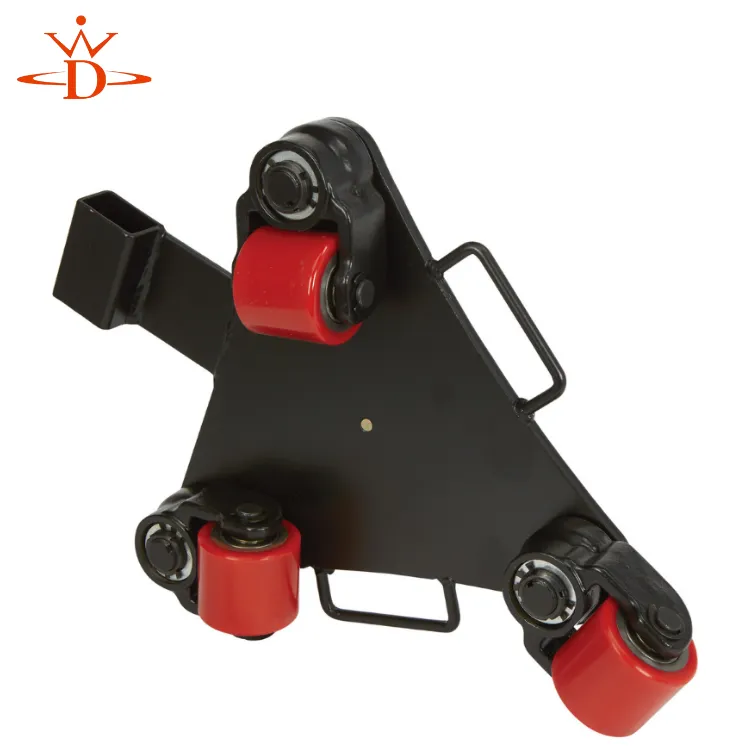cargo trolley
The Rise of Cargo Trolleys in Modern Logistics
In today’s fast-paced world, where efficiency and speed are paramount, cargo trolleys have emerged as indispensable tools in the logistics industry. These versatile carts are designed to transport goods and materials within warehouses, distribution centers, and retail environments, streamlining operations and enhancing productivity. This article explores the importance of cargo trolleys, their various types, and their impact on modern logistics.
The Importance of Cargo Trolleys
Cargo trolleys play a vital role in the movement of goods, particularly in environments where manual handling can be cumbersome and inefficient. By providing a means to easily transport items, they reduce the physical strain on workers and minimize the risk of injury. This is especially important in industries that require the handling of heavy or bulky items, such as retail, manufacturing, and warehousing.
Moreover, cargo trolleys enhance workflow efficiency
. In busy warehouses, for instance, time is of the essence. Employees use trolleys to quickly collect and transport items needed for orders, ensuring that products are moved to the shipping area promptly. This not only speeds up order fulfillment but also helps maintain organization within the workspace, as goods can be transported in bulk rather than in smaller, more chaotic units.Varieties of Cargo Trolleys
Cargo trolleys come in a plethora of designs and capacities to cater to various operational needs. One of the most common types is the flatbed trolley, which provides a spacious platform for moving large, flat items. Flatbed trolleys are particularly useful in warehouses where oversized products, such as large appliances or furniture, need to be transported.
cargo trolley

Another widely used type is the shelf trolley, which features multiple levels for stacking boxes and smaller items. This is extremely beneficial in retail settings where products need to be moved from storage to the sales floor. The ability to transport several items at once can significantly cut down on the number of trips needed, thus improving overall productivity.
For tasks that require maneuverability in tight spaces, folding trolleys or collapsible trolleys are ideal. These trolleys can be easily collapsed when not in use, making them space-efficient and convenient for storage. Additionally, specialized trolleys have been developed for specific purposes, such as drum trolleys for transporting chemical barrels or platform trolleys designed to handle fragile items.
The Environmental Edge
Another noteworthy aspect of cargo trolleys is their contribution to sustainability in logistics. By facilitating the efficient movement of goods, they help reduce the reliance on powered transport methods, thus lowering greenhouse gas emissions. When paired with electric vehicles or manual pull trolleys, they promote greener logistics practices, making them a favorable choice for eco-conscious businesses.
Conclusion
The significance of cargo trolleys in the logistics landscape cannot be overstated. These practical tools have revolutionized the way goods are handled, providing not just physical advantages but also contributing to improved efficiency, worker safety, and environmental sustainability. As industries continue to evolve and incorporate advanced technologies, the role of cargo trolleys will likely expand further, paving the way for more sophisticated and effective logistics solutions. Whether in a bustling warehouse or a retail store, cargo trolleys will remain central to efficient operations, embodying the enduring spirit of innovation in logistics.
-
Unlock Seamless Relocation with Our Heavy Equipment Moving ExpertiseNewsJun.06,2025
-
Unleash Unrivaled Flexibility with Our Adjustable Gantry CraneNewsJun.06,2025
-
Unleash Heavy-Duty Efficiency with Our Industrial Gantry Crane SolutionsNewsJun.06,2025
-
Revolutionize Steel Handling with Our Magnetic Lifter RangeNewsJun.06,2025
-
Master Equipment Mobility with Premium Machinery Mover SolutionsNewsJun.06,2025
-
Elevate Your Material Handling with Magnetic Lifter TechnologyNewsJun.06,2025
-
YS Permanent Lifting Magnets: The Smarter Way to Handle SteelNewsMay.22,2025
